The galactic worm drags the stars. A plasma whale glides over the sun. And the fearsome dragon dances in the aurora. It’s not the plot of a fantasy book, it’s our amazing universe fully captured.
The Royal Observatory Greenwich has announced the images shortlisted for the 2024 Astronomy Picture of the Year. The contestants were selected from over 3,500 submissions from professional and non-professional artists from 58 countries. The winner will be announced on September 12 and an exhibition of the top images will be shown in London at the National Maritime Museum starting September 14.
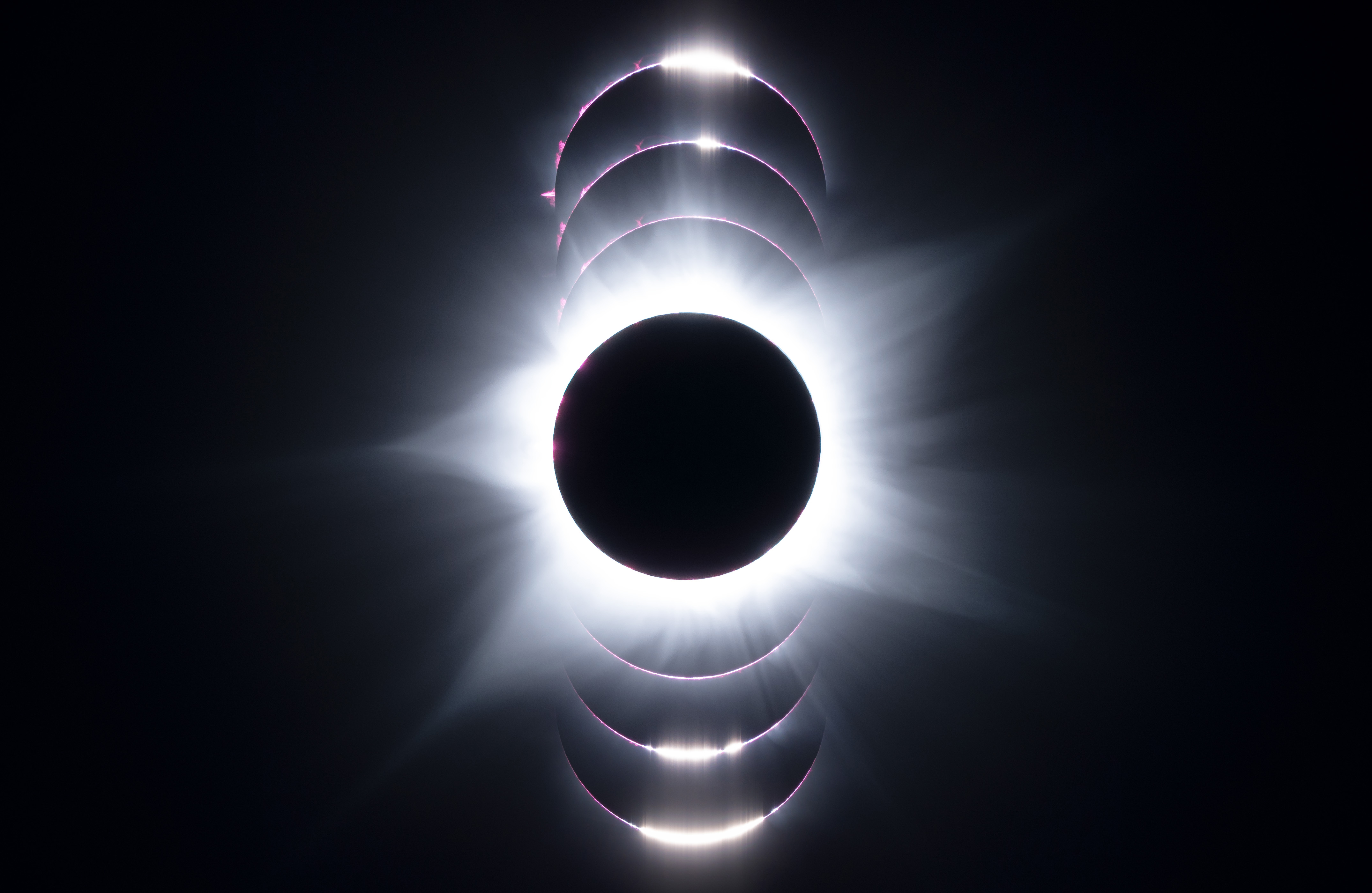
Gwenaël Blanck traveled to Australia in April 2023 to see the 62-minute solar eclipse. In this collage she shows the corona and pink chromosphere, the prominence and Baily’s beads, the sun’s rays shining through space. the ruggedness of the Moon. The image is composed of seven overexposed images, one overexposed for the background and six others for the chromosphere and prominence. Image: © Gwenaël Blanck (France)
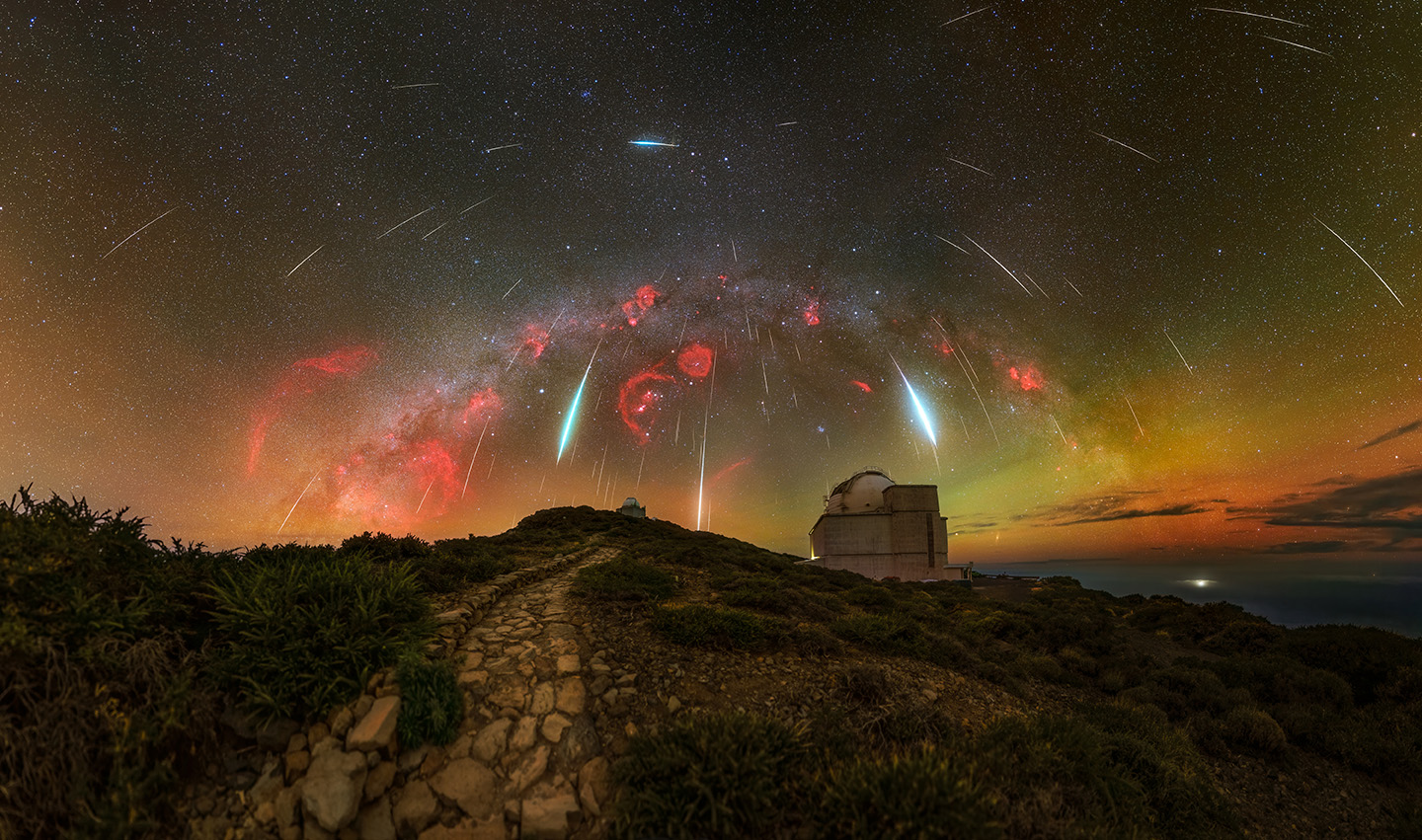
This photo of the Geminid meteor shower was taken under perfect conditions in La Palma. During the peak of the night, Sahner could see two or three or more meteors per minute in the field of view. The panorama shows the entire Winter Milky Way as seen from La Palma in natural RGB color with some details in H-alpha. Image: © Jakob Sahner (Germany)
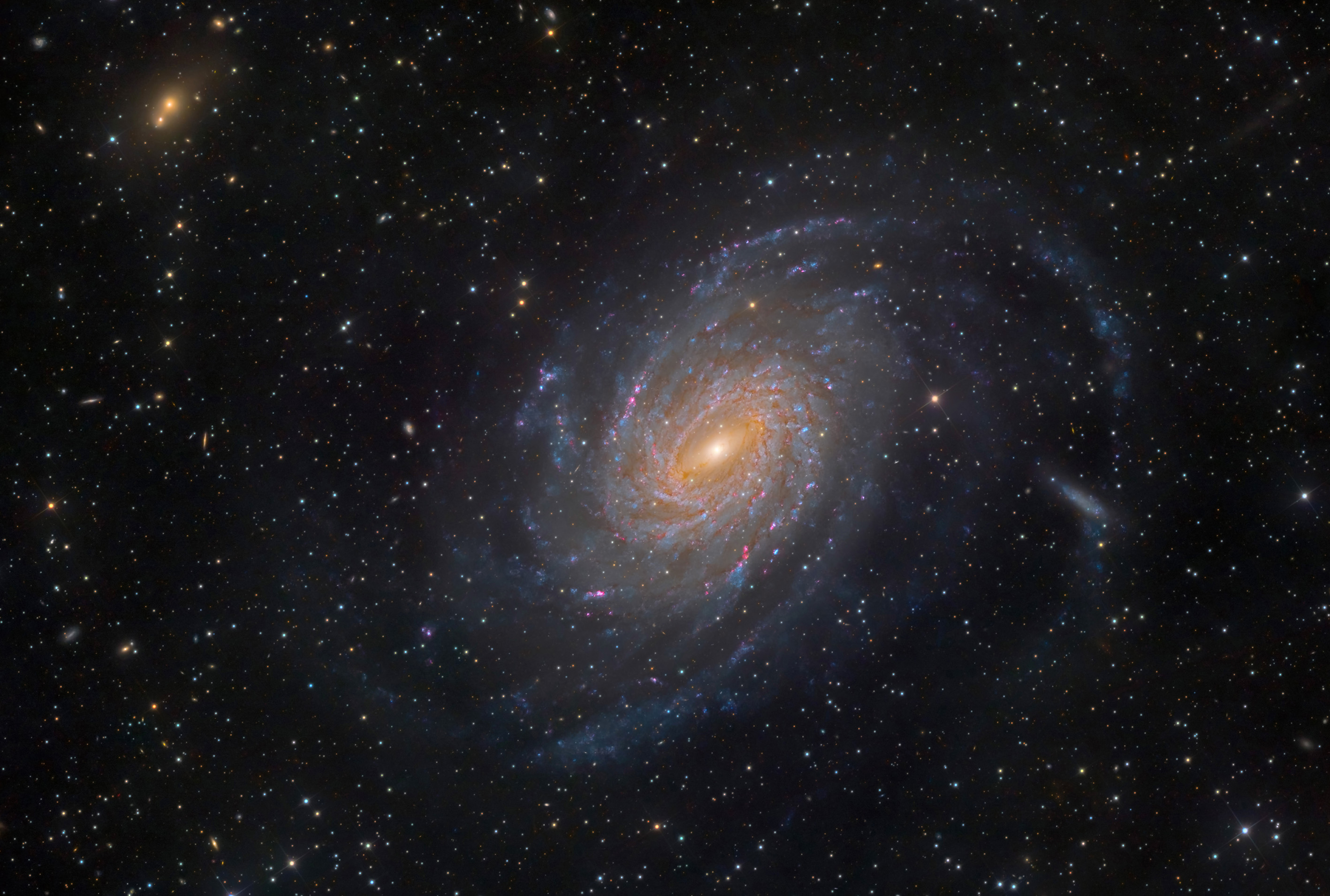
M81, also known as Bode’s Galaxy, is 11.75 million light-years away in the constellation Ursa Major. It is one of the brighter constellations in the night sky. In the background of the image, some of the Integrated Flux Nebula (IFN) can be seen. IFN is the dust outside the Milky Way interstellar plane illuminated only by stars in the Milky Way. Image: © Holden Aimar (USA), 14 years old
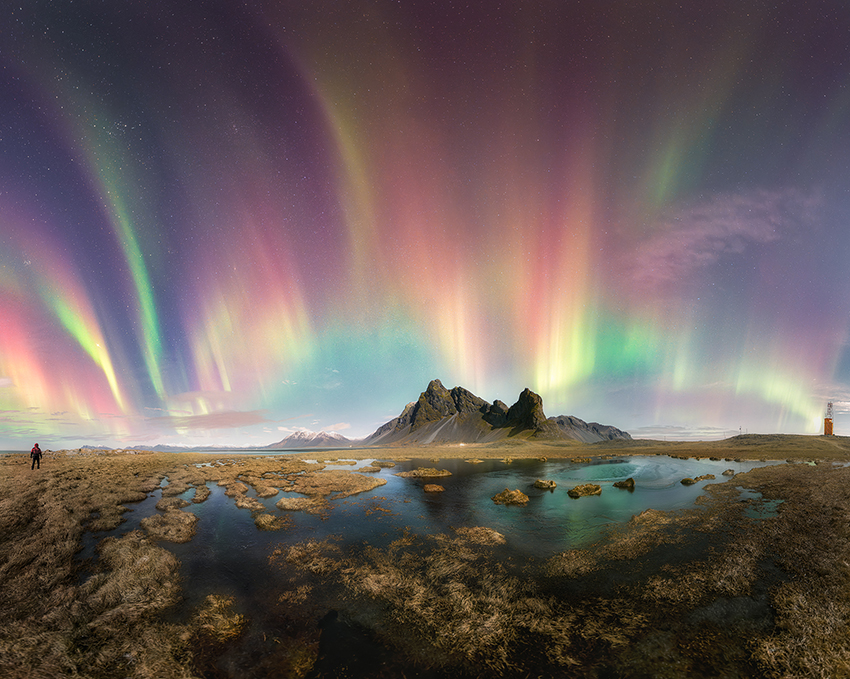
View of Mount Eystrahorn (Iceland) on the night of a KP7 storm (a strong geomagnetic storm that can cause aurorae and damage power lines). The intensity of the storm resulted in many amazing colors in the sky. Image: © Jose Miguel Picon Chimelis (Spain) JOSE CHIMELIS
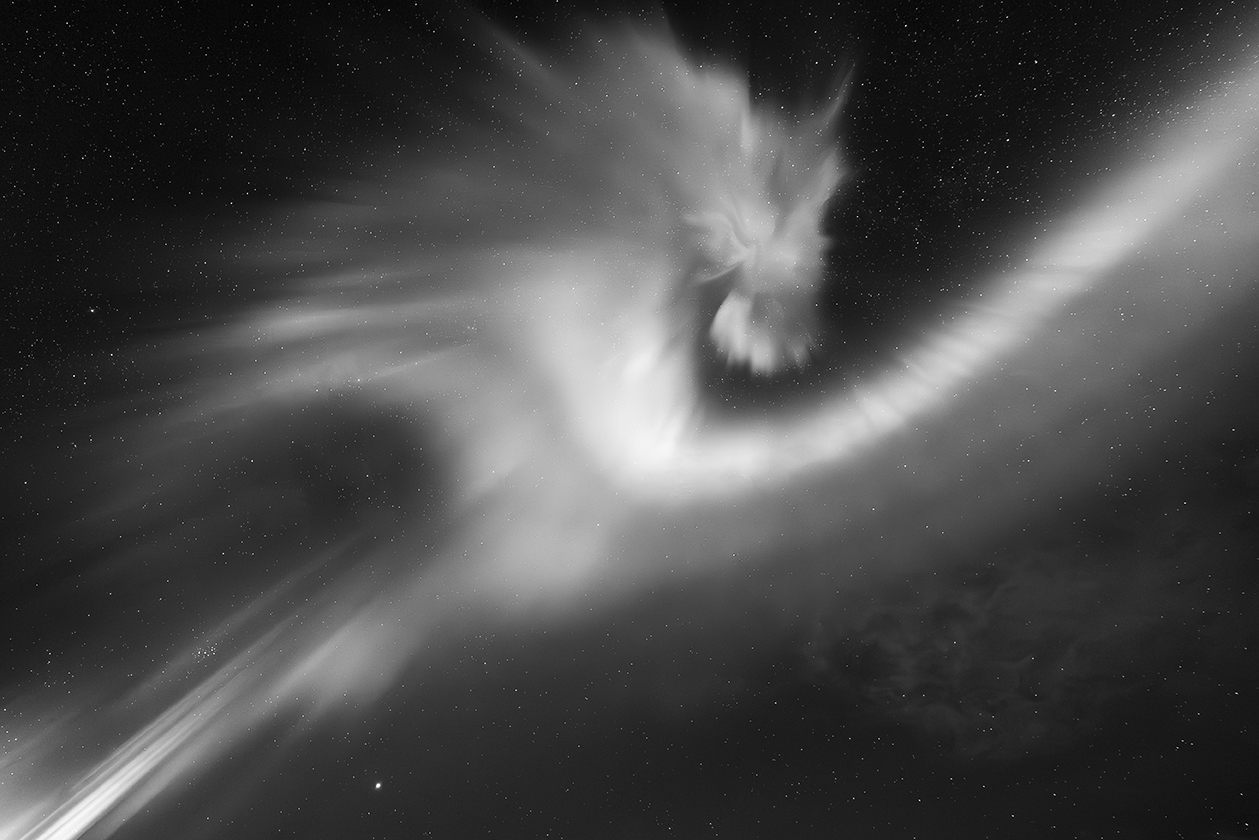
A photographer was able to capture the aurora in motion as it transformed into something like a dragon’s head on a clear night. Telser chose to use black and white to emphasize the contrast of the aurora against the dark sky. Image: © Moritz Telser (Italy) MORITZ TELSER
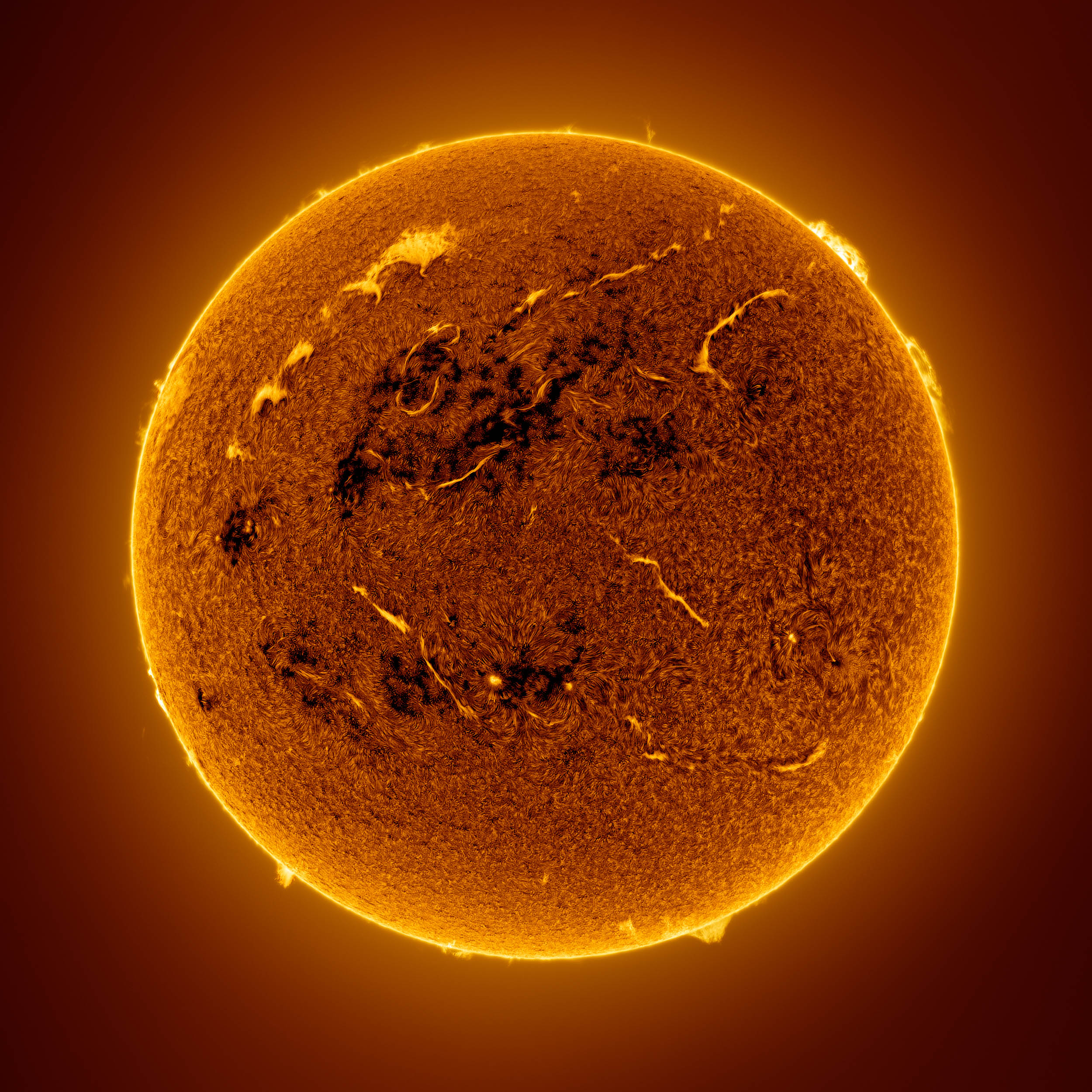
This image shows details of the surface of the Sun. The imager sees the shape of the string on the left side of the disc as a giant plasma whale that crosses the surface of the sun. Eduardo Schaberger Poupeau captured this photo by recording two videos (one for disc and one for high quality), each with 850 frames. Photo: © Eduardo Schaberger Poupeau (Argentina)
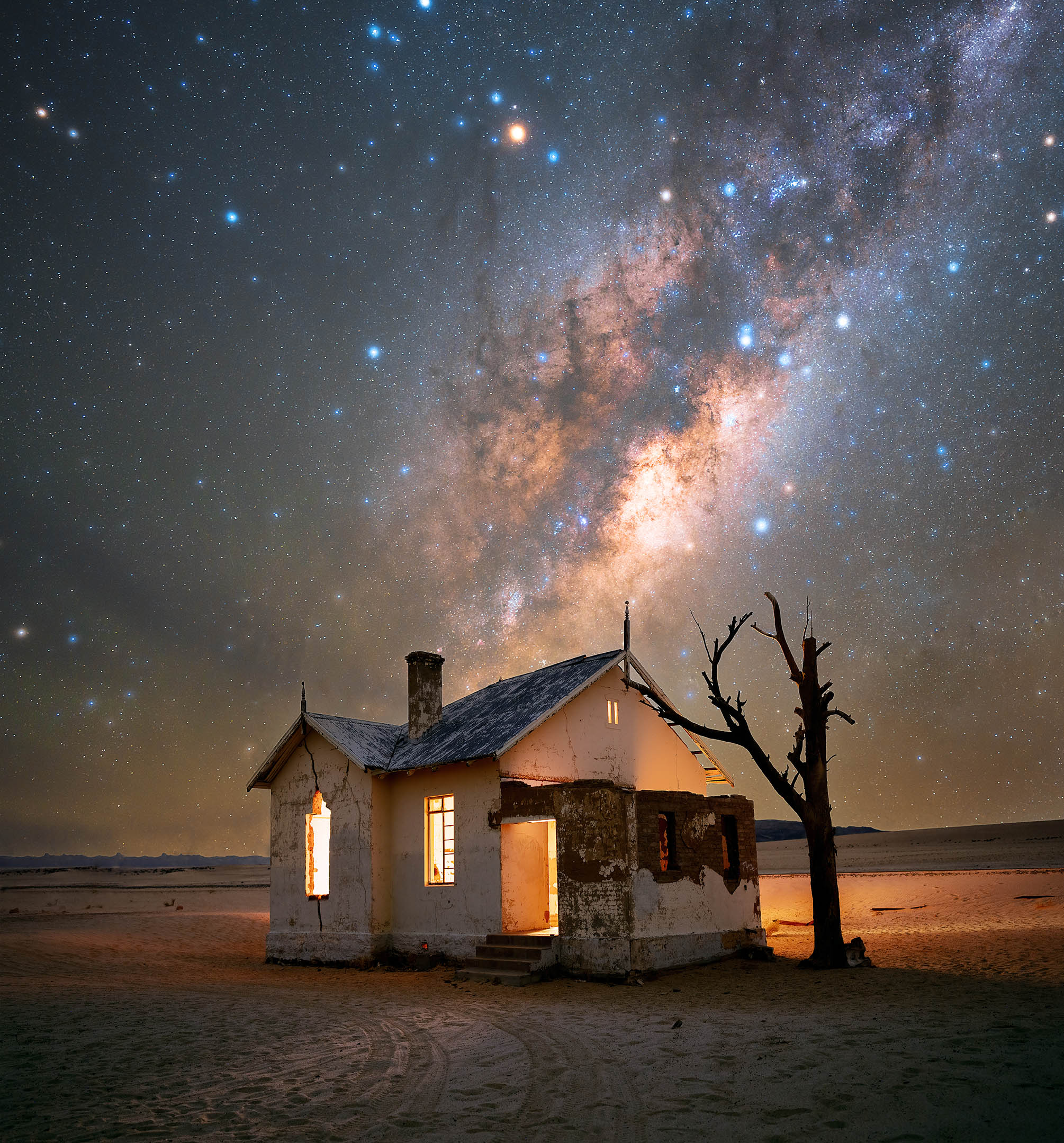
This picture shows an abandoned house in the middle of the Namib Desert with the Milky Way rising above it. The sky was captured with a star tracker to lower the ISO. Clouds and halos around the stars create a dreamlike effect. Image: © Stefan Liebermann (Germany)
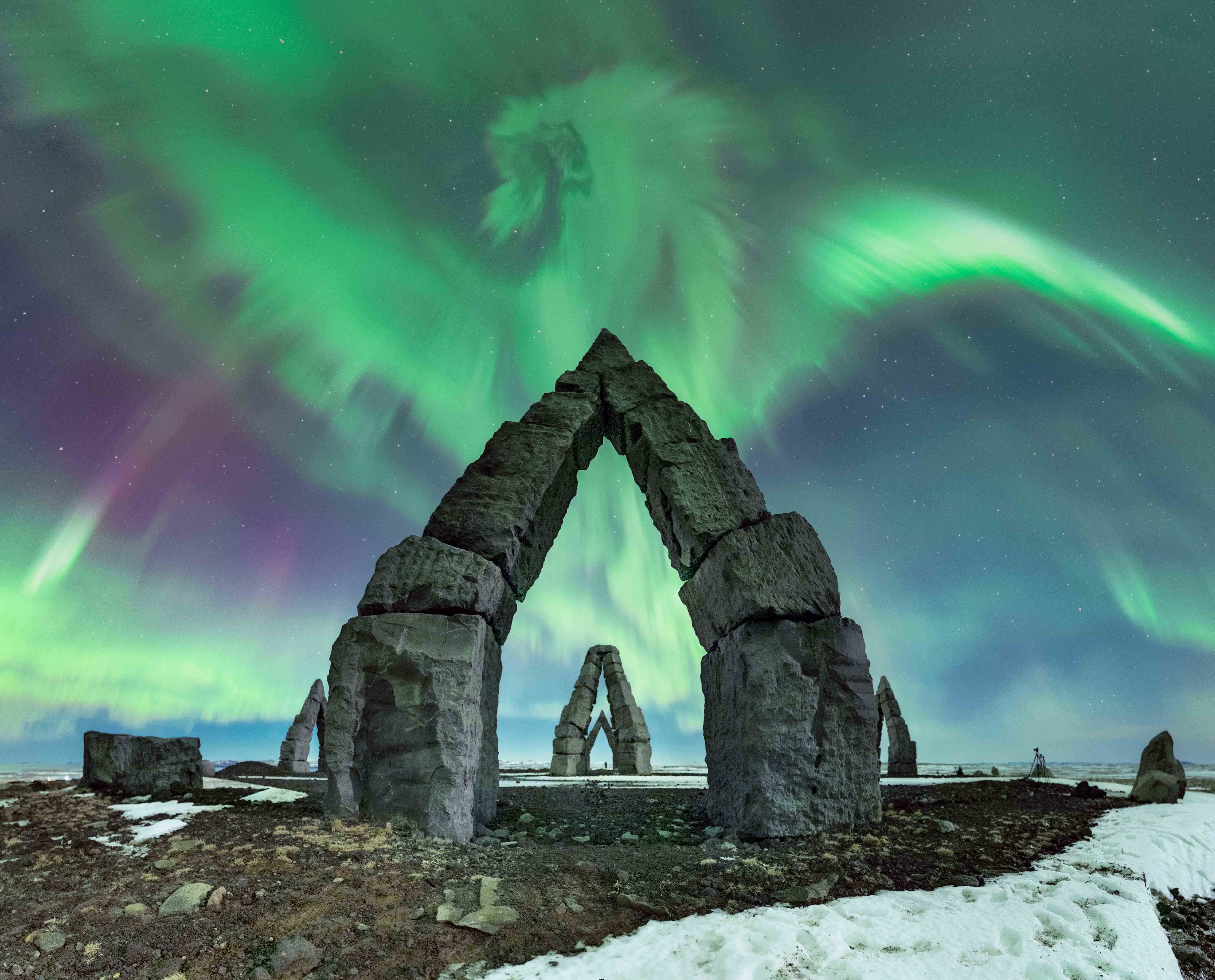
This spectacular aurora, which seems to take the shape of a dragon, was the result of a geomagnetic storm (level G2) produced by a coronal mass ejection. The photo was taken at Arctic Henge, one of the clearest night sky locations in Iceland. Image: © Carina Letelier Baeza (Chile) Cari Letelier
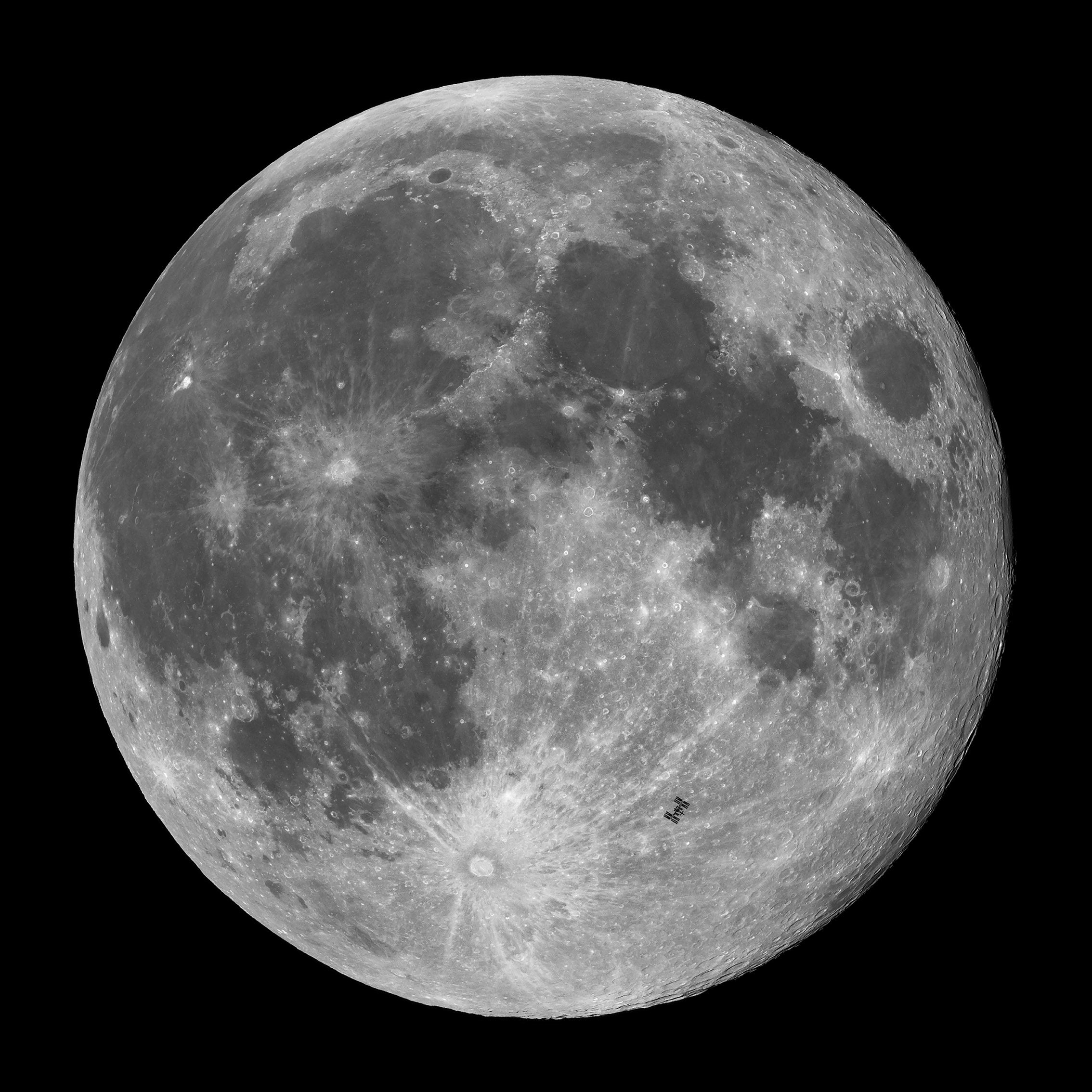
This image captures the International Space Station (ISS) as it passes October’s full moon, the Hunter’s Moon, about 12 hours after the eclipse. The stunning beauty of the Full Moon is evident, with its combination of rugged mountain landscapes, bright crater rays and dark maria. Iphoto: © Tom Glenn (USA)
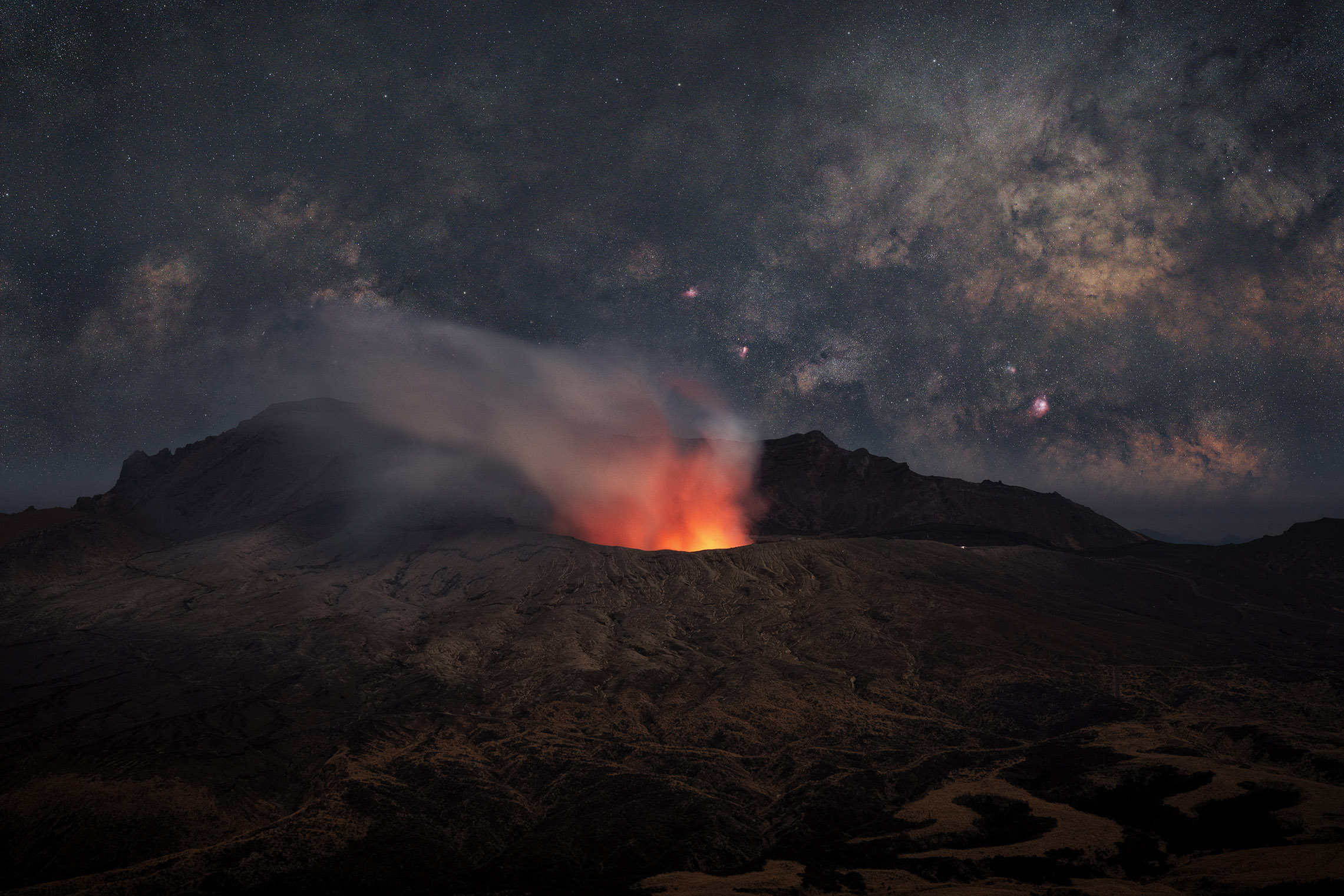
Mount Aso in Kumamoto Prefecture is the collective name of five peaks that are often called the ‘Five Mounts of Aso’. One of the peaks, Nakadake, has an active volcano valley. Abe wanted this image to show how the Milky Way has observed Earth’s activity since ancient times. This is a composite photo with the foreground and sky taken separately but without moving the tripod. Image: © Yoshiki Abe (Japan)
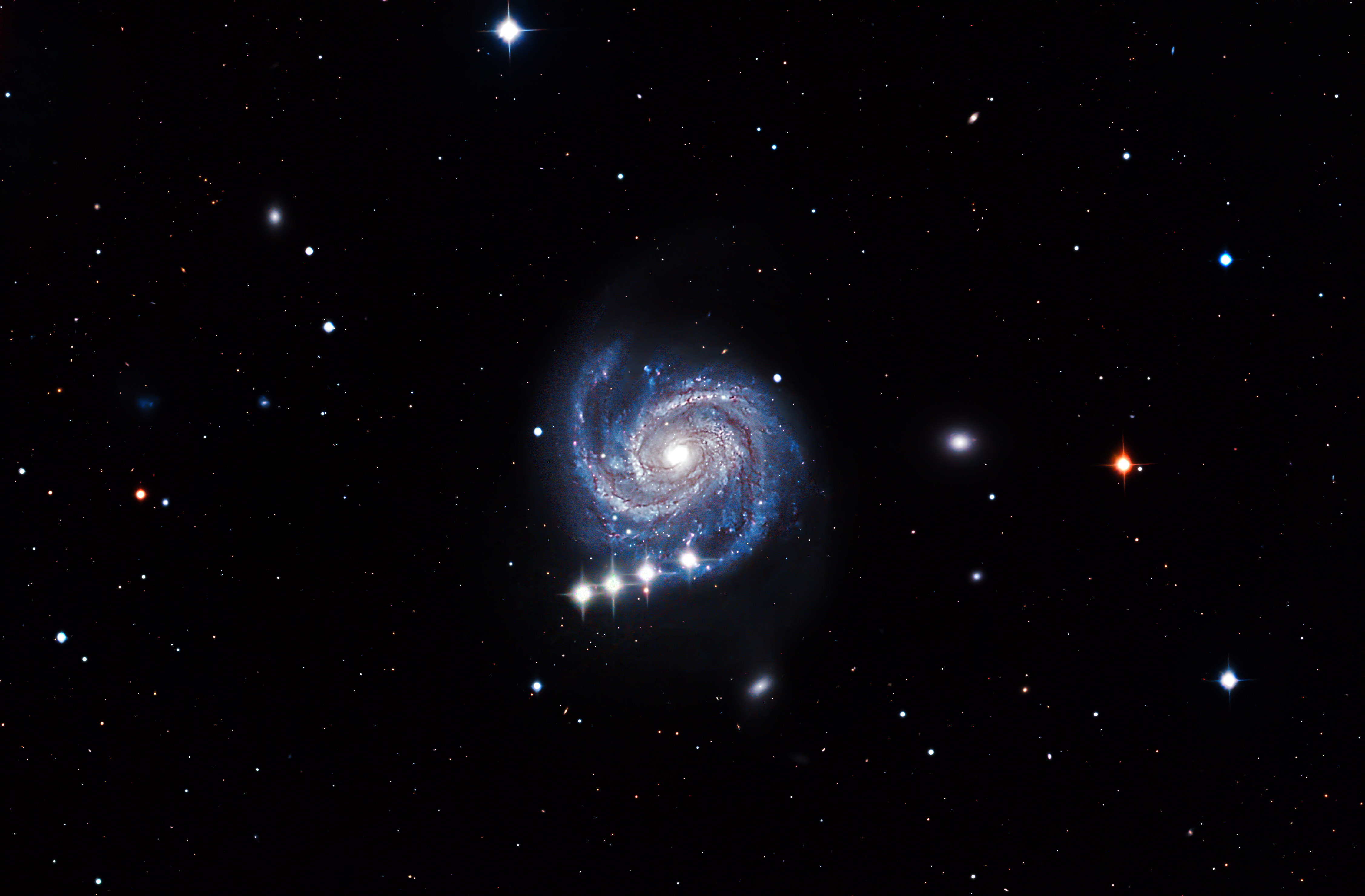
In this image, the photographer was able to capture the dwarf planet, Ceres, which is over a billion times smaller than its host star, passing beyond the cluster’s rotating arms. stars Ceres is the brightest of the constellations and moves rapidly through the night sky. For this image, multiple long exposures were taken over a period of eight hours to show the beauty of the Blowdryer Galaxy and the fast speed of the dwarf planet Ceres. Image: © Damon Mitchell Scotting (UK)
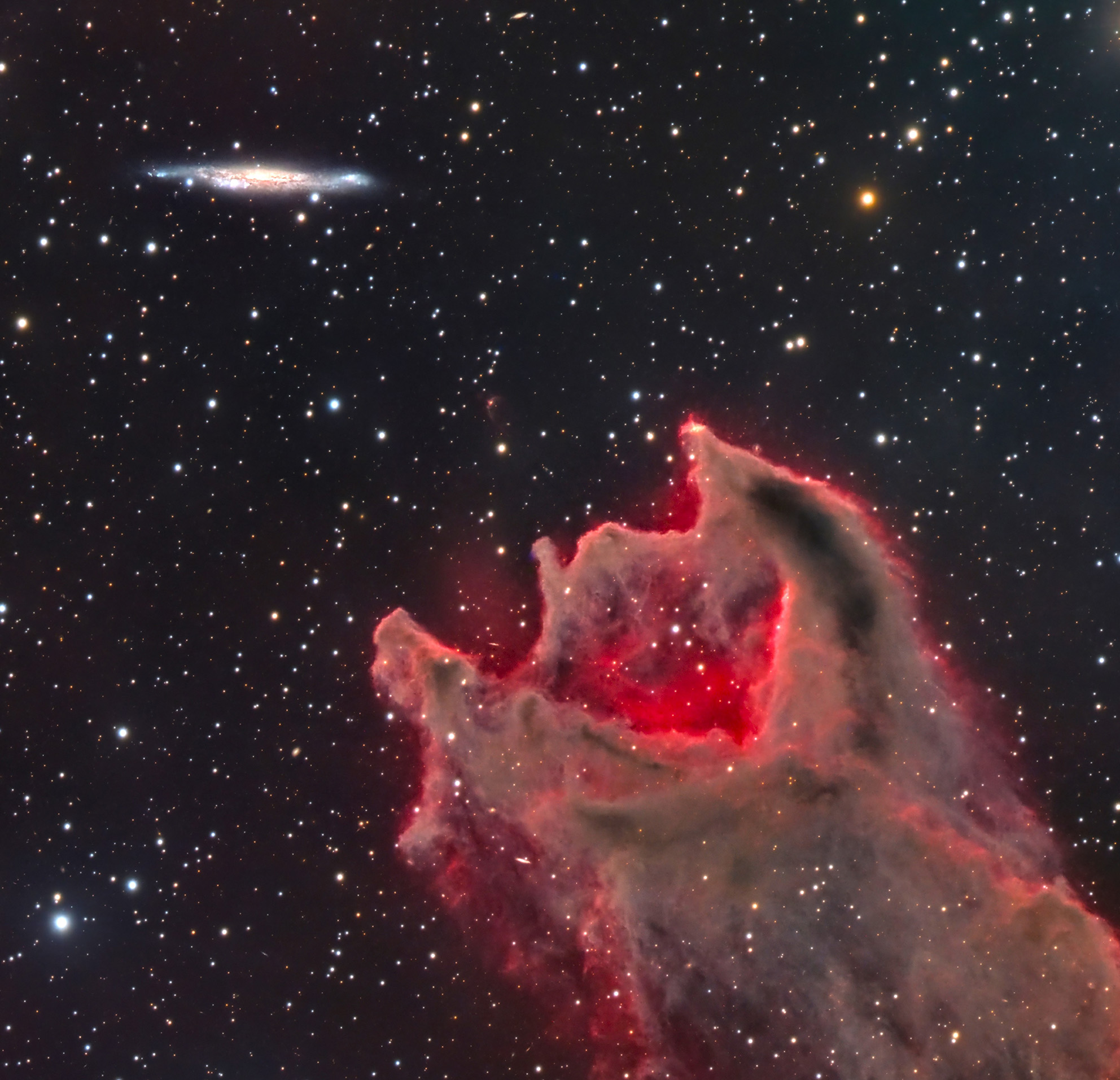
CG4 (Cometary Globule 4) is a complex of nebulosity and dust with a very unique shape, located in the southern part of the constellation Puppis. The ‘head’ of the galactic worm has dimensions of about 1.5 light years. This image is the result of the work of a team of astronomers: they joined forces to rent a powerful Newtonian 500-mm telescope from the Chilescope service, process the raw files and vote for the best images by the most. Image: © ShaRa
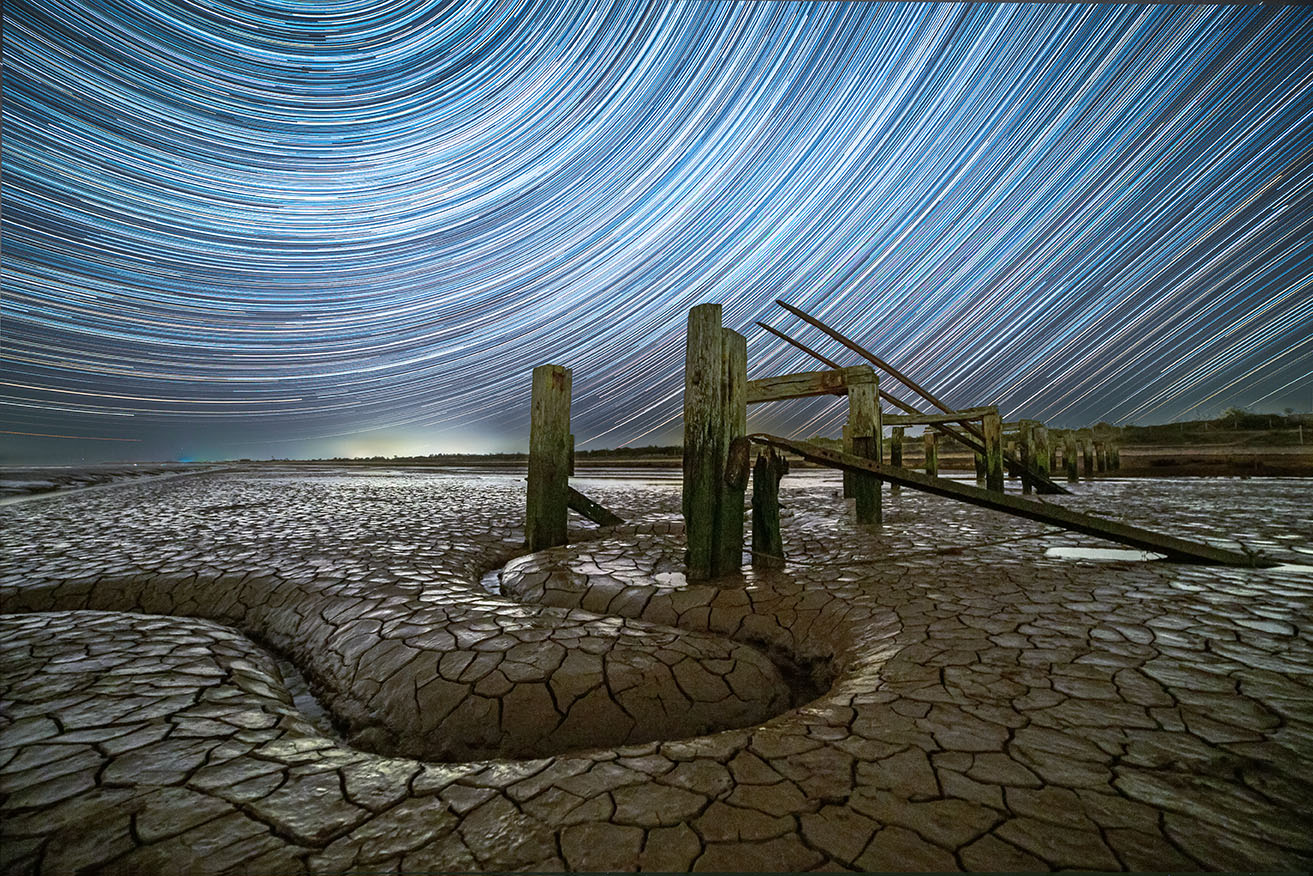
This picture was taken at Snettisham Beach, famous for its many mudflats which attract migratory birds in incredible numbers. In the foreground is a dilapidated jetty, built in the Second World War to allow gravel from nearby pits to be moved by boat. A curved channel in the dry mud reflects the stars in the background. Image: © Paul Haworth (UK)
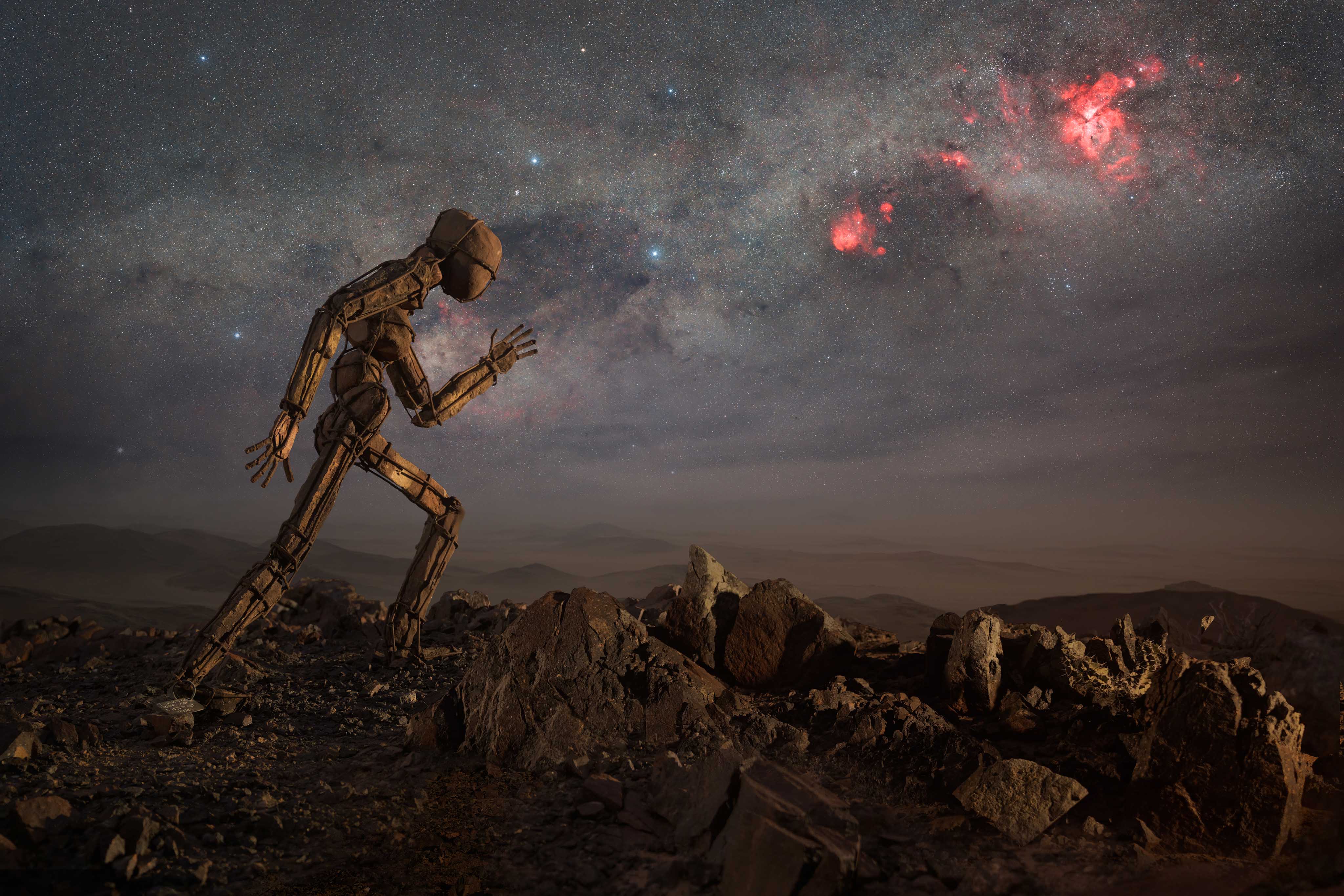
This photo shows a sculpture in northwestern Namibia. Made of stone, this is one of a group of sculptures known as the ‘Lone Men of Kaokoland’ [as the region was formerly known]. No one knows who put them there. A long exposure of the rock runner was taken first, then the tripod was moved for a clear view of the scene. Image: © Vikas Chander (India)
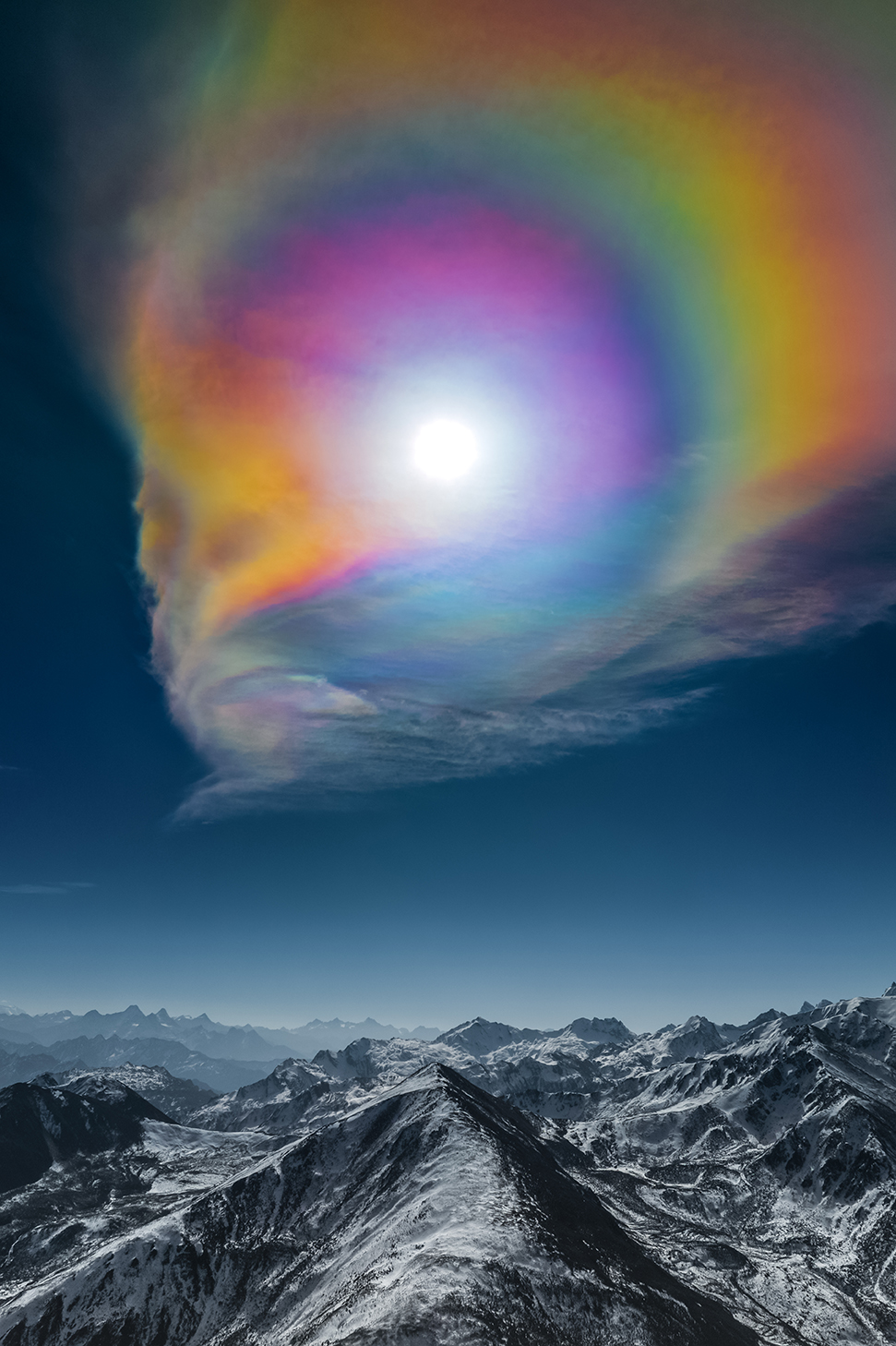
During the Spring Festival, the Sun and the altostratus clouds worked together to form this huge corona, high above the Himalayas. The result is a vast expanse of color above the snowy peaks. Image: © Geshuang Chen (China)
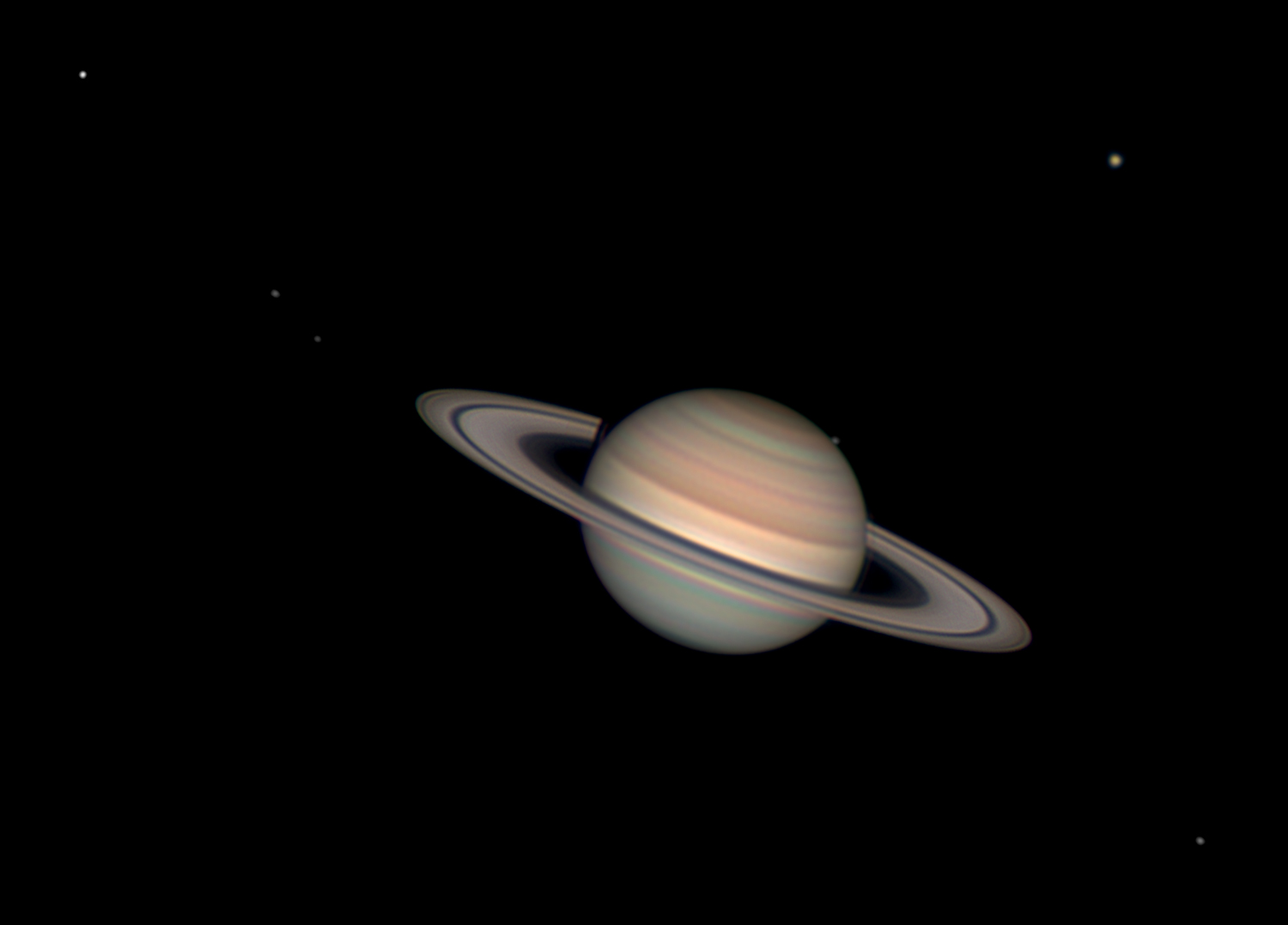
Saturn’s declination means that Titan’s moon is closer to Saturn from our perspective than it has been in more than a decade. In the center of the image, Tethys is about to disappear behind Saturn, with Rhea, Enceladus and Mimas to the left, and Dione to the lower right. The shadow of the planet in the rings is prominent, as is the separation of Cassini and Encke. Image: © Andy Casely (Australia)
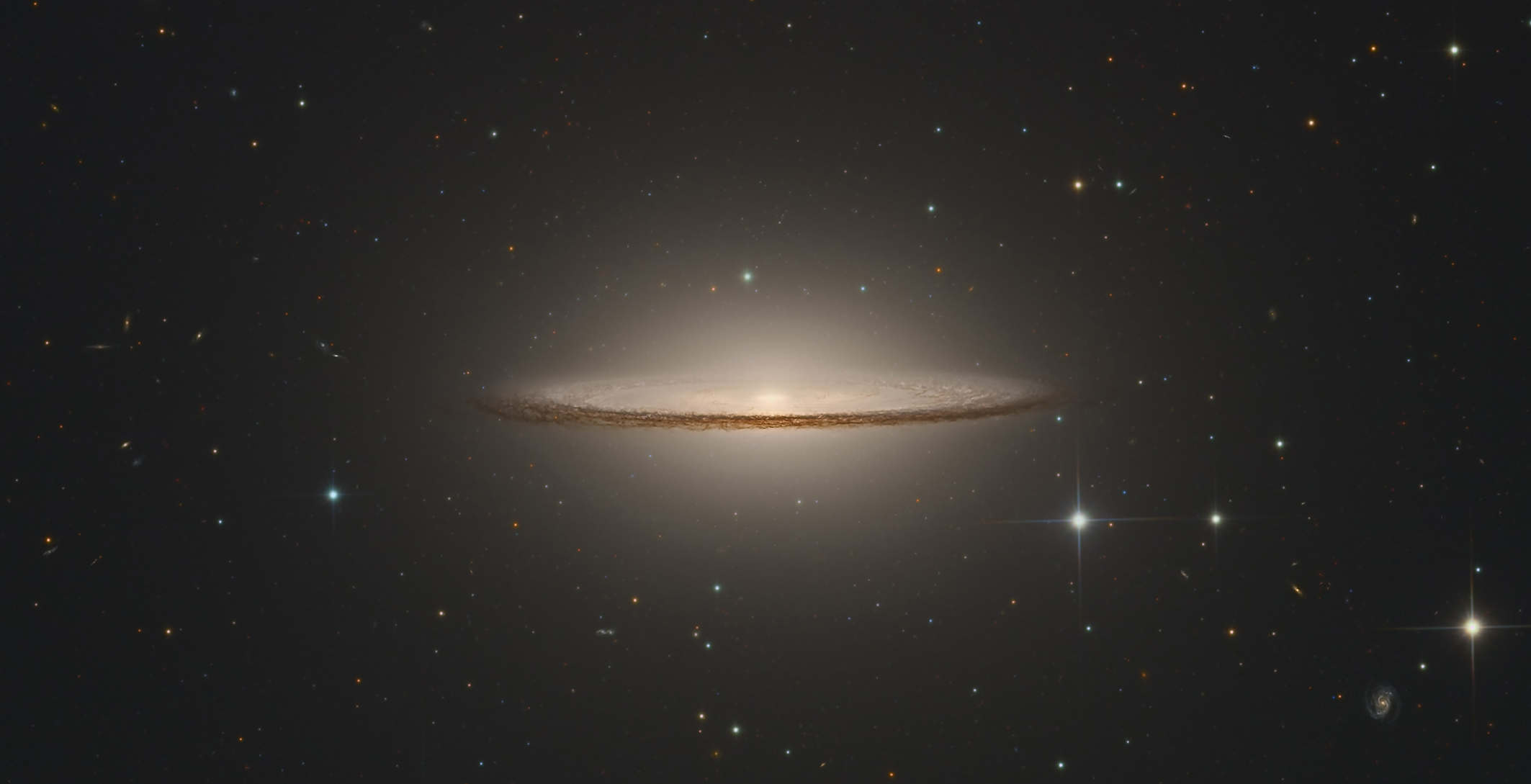
The bright primary light of M104 often obscures details within the dust ring. In this image, the dust appears to be dipping into the core, floating on a thin layer as it falls towards the supermassive black hole at the center. The brighter, more colorful stars in the picture are actually in the foreground – part of our Milky Way galaxy. Photo: © Kevin Morefield (USA)
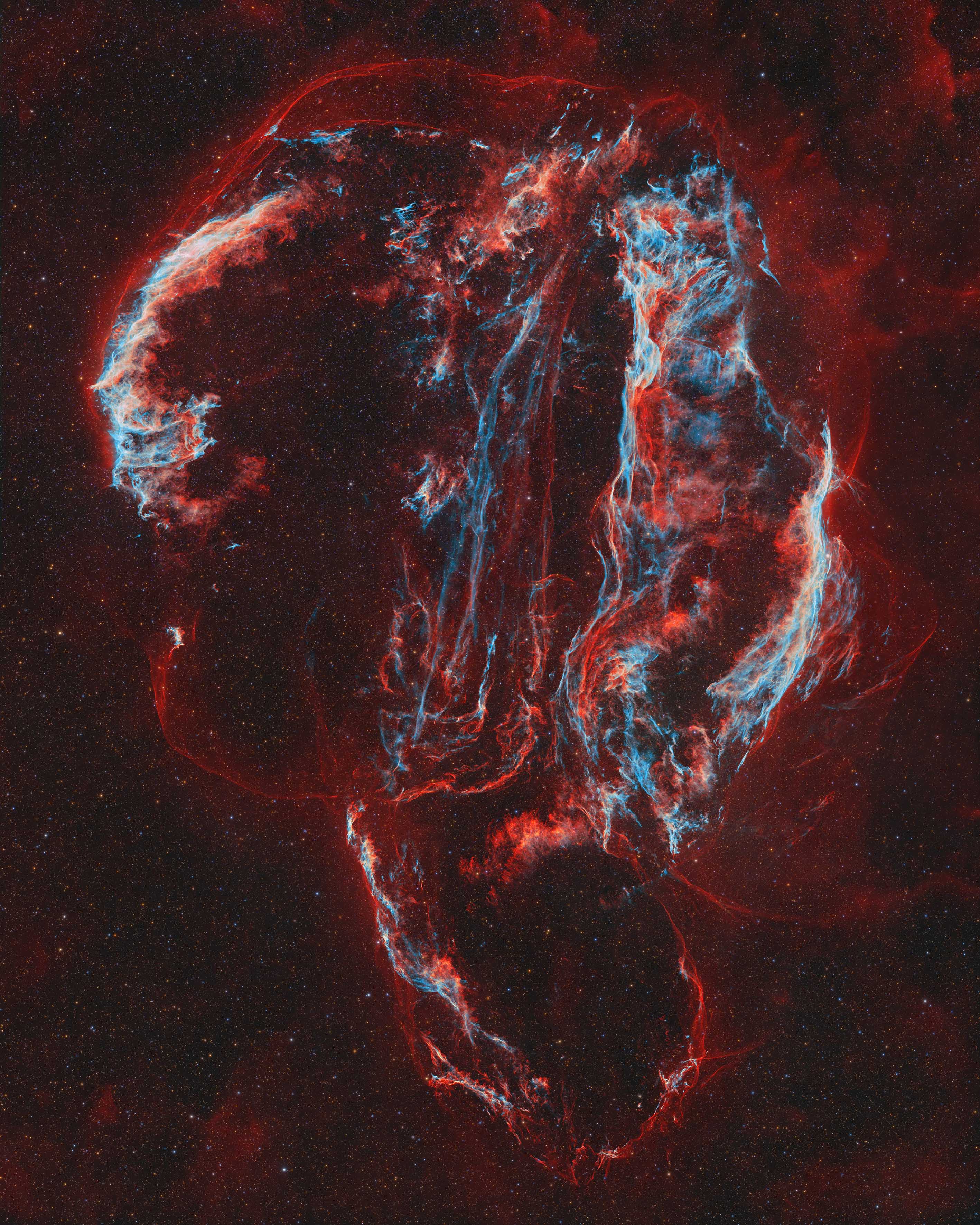
The Cygnus supernova afterglow is a favorite among astronomers, but the idea here was to take advantage of the quality of the sky and the long exposure time to highlight details that are rarely seen, such as the outer envelope of the remnant supernova. The name of the painting is a nod to The Scream, Edvard Munch’s famous painting, which depicts the scream that continues to be heard in space after the star’s death. Image: © Yann Sainty (France)
#images #Astronomy #Artist #Year #shortlist